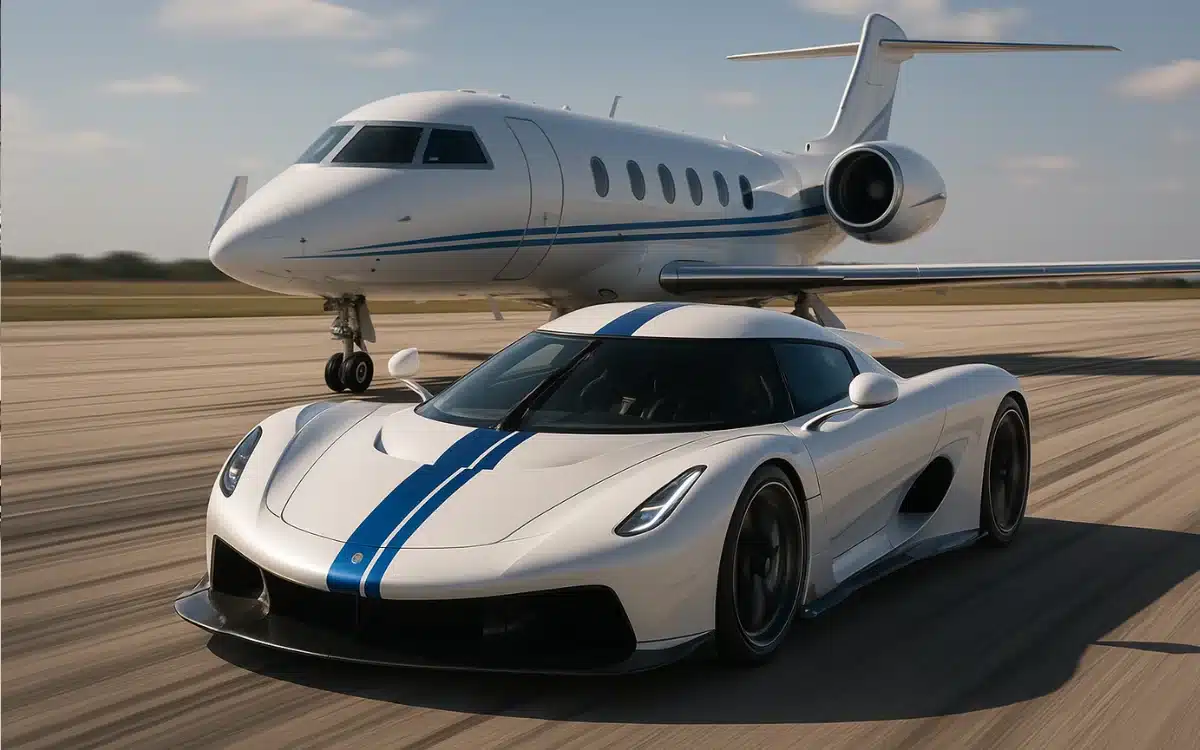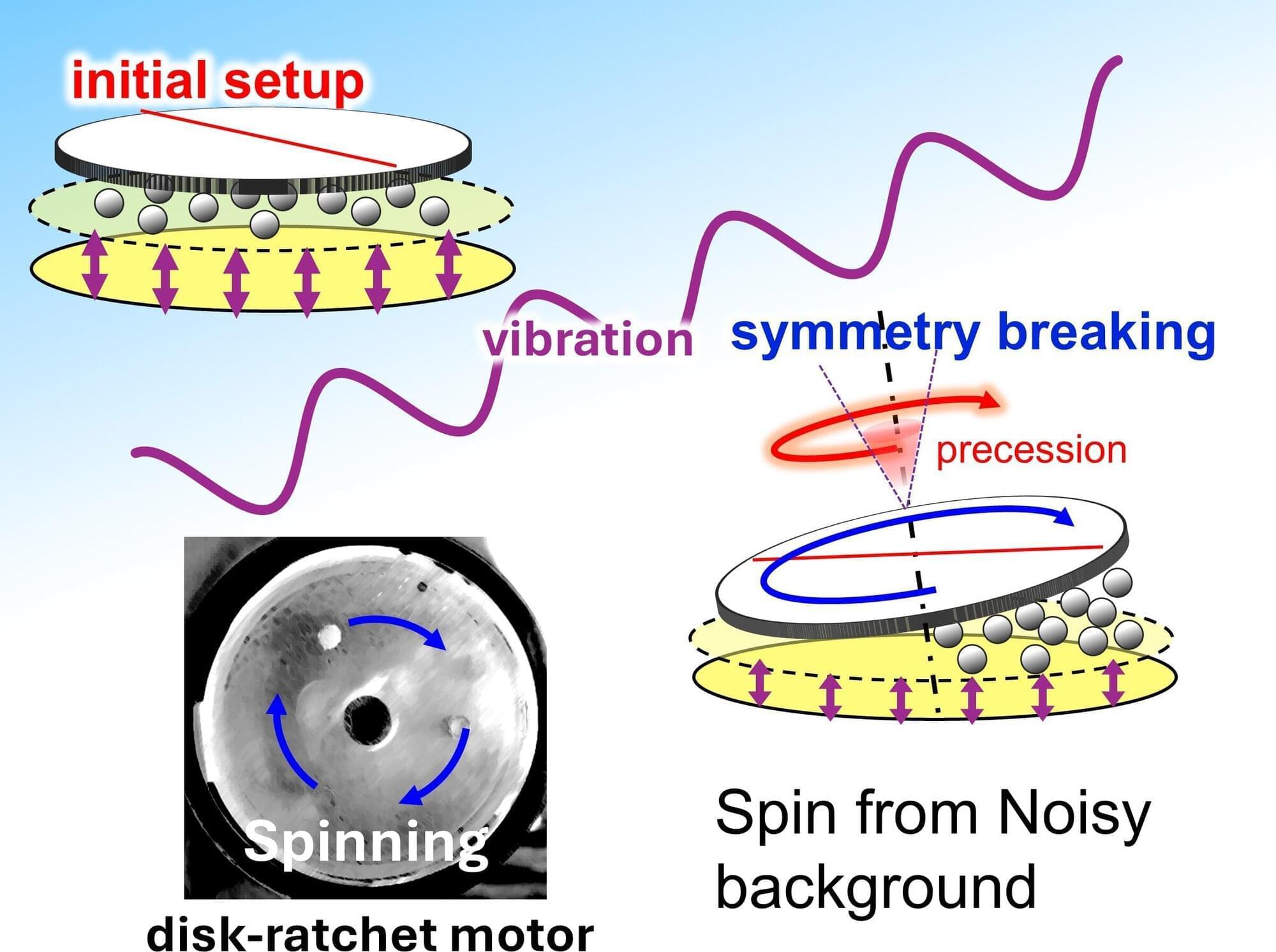The Electric Viking
Category: transportation – Page 10
Elon Musk: Robotaxis Will Replace Personal Cars, Not Just Uber
Questions to inspire discussion.
🧠 Q: How does Tesla’s upcoming AI chip compare to the current one? A: Tesla’s AI5 chip will be 40 times better than the current AI4 chip, which is already capable of achieving self-driving safety at least 2–3 times that of a human.
💰 Q: What is the expected pricing for Tesla’s robotaxi service? A: Tesla’s robotaxi service is projected to cost $2 per mile at launch, which is cheaper than Uber rides in high-cost areas like Seattle.
Impact on Transportation.
🚘 Q: How will robotaxis affect car ownership? A: Robotaxis are expected to become a viable alternative to car ownership, especially when prices reach $1 per mile, making them cheaper than options like airport parking.
💼 Q: How does Tesla’s robotaxi cost compare to competitors? A: Tesla’s robotaxi can be built and deployed for half the cost of competitors like Whim, potentially offering more competitive pricing.


From noise to power: A symmetric ratchet motor discovery
Vibrations are everywhere—from the hum of machinery to the rumble of transport systems. Usually, these random motions are wasted and dissipated without producing any usable work.
Recently, scientists have been fascinated by “ratchet systems,” which are mechanical systems that rectify chaotic vibrations into directional motion. In biology, molecular motors achieve this feat within living cells to drive the essential processes by converting random molecular collisions into purposeful motions. However, at a large scale, these ratchet systems have always relied on built-in asymmetry, such as gears or uneven surfaces.
Moving beyond this reliance on asymmetry, a team of researchers led by Ms. Miku Hatatani, a Ph.D. student at the Graduate School of Science and Engineering, along with Mr. Junpei Oguni, graduate school alumnus at the Graduate School of Science and Engineering, Professor Daigo Yamamoto and Professor Akihisa Shioi from the Department of Chemical Engineering and Materials Science at Doshisha University, demonstrate the world’s first symmetric ratchet motor.
Tesla’s EPIC Megapack Keynote (full replay) — “Megablock” Is HERE
Questions to inspire discussion.
Technical Specifications.
📏 Q: What are the physical characteristics of the Megapack 3? A: Megapack 3 features a 28-foot long enclosure that can be shipped globally, with 78% fewer connections in the thermal bay, and incorporates a larger battery module and larger cell leveraging the latest cell technology.
⚡ Q: What is the total usable energy capacity of Megapack 3? A: Tesla’s Megapack 3 is designed for 20 megawatt hours of usable AC energy, providing significant storage capacity for large-scale energy projects.
Installation and Efficiency.
🔧 Q: How does Megapack 3 improve installation efficiency? A: Megapack 3 eliminates above-ground cabling and features 78% fewer connections in the thermal bay, significantly streamlining the installation process and reducing potential points of failure.
Tesla Robotaxi Already a Monster Hit
Questions to inspire discussion.
Autonomous Driving Development.
🔄 Q: What version of the Robotaxi software is Tesla currently working on? A: Tesla’s autonomy team is focused on version 14, which will be merged with the public release for consumer vehicles.
🛣️ Q: How is Tesla approaching the expansion of its Robotaxi service area? A: Tesla is taking a cautious approach, prioritizing data collection and safety over rapid expansion.
👀 Q: Are Tesla’s Robotaxis currently fully autonomous? A: The service is currently supervised by a human driver, with the goal of eventually removing the safety monitor for fully autonomous operation.
Future Plans and Strategies.
Elon’s Tesla AI Update (everything hinges on this)
Elon Musk’s future success with Tesla, potentially leading to a valuation of $8.5 trillion, is contingent upon the company’s advancements in AI chip development and deployment of autonomous vehicles and robots.
Questions to inspire discussion.
Tesla’s AI Chip Development.
🖥️ Q: What is Tesla’s new focus for AI chip development? A: Tesla is ending Dojo and concentrating all silicon talent on creating a single, powerful chip called AI6, aiming to make it the best AI chip by far.
Elon’s Cryptic Post Sparks Big Questions
Questions to inspire discussion.
🌐 Q: What distinguishes embedded AI from language models like ChatGPT? A: Embedded AI interacts with the real world, while LLMs (Large Language Models) primarily answer questions based on trained information.
Chip Production and Supply.
💻 Q: What are Samsung’s plans for chip production in Texas? A: Samsung’s new Texas chip plant will produce 2nm chips with 16,000 wafers/month by the end of 2024, boosted by a $16B Tesla deal.
🔧 Q: How will the Samsung-Tesla deal impact Tesla’s chip supply? A: The deal will significantly boost Tesla’s chip supply, producing 17,000 wafers per month of 2 nanometer chips reserved solely for Tesla.
AI Infrastructure and Applications.
Elon Musk Pushes Tesla Forward
Questions to inspire discussion.
📷 Q: What camera technology does the Optimus bot use? A: Optimus uses car cameras with macro modes for reading small text, supplied by Simco (a Samsung division), featuring a miniaturized camera assembly with internal movement mechanisms.
Tesla AI and Chip Development.
🧠 Q: How does Tesla’s AI5 chip compare to competitors? A: The AI5 chip is potentially the best inference chip for models under 250 billion parameters, offering the lowest cost, best performance per watt, and is milliseconds faster than competitors.
💻 Q: What advantages does Tesla have in chip development? A: Tesla controls the chip design, silicon talent, and has vertical integration, giving them a significant edge over competitors in AI chip development.
Tesla Product and Business Updates.
Tesla Just Hit Its POINT OF NO RETURN
Questions to inspire discussion.
📈 Q: What is the potential annual production capacity for Cybercabs at full speed? A: At full speed with multiple production lines, Tesla’s Cybercab production could reach 2 million vehicles per year.
Tesla’s FSD and Autonomous Driving.
🧠 Q: When is FSD14 expected to be released? A: FSD14 is anticipated to be released in September 2025.
🚗 Q: What capability will FSD14 enable for Tesla vehicles? A: FSD14 will enable unsupervised robo taxi operation for Tesla vehicles.
💼 Q: How might Tesla’s FSD subscription model change? A: Tesla’s FSD subscription could become mandatory for new vehicle purchases.